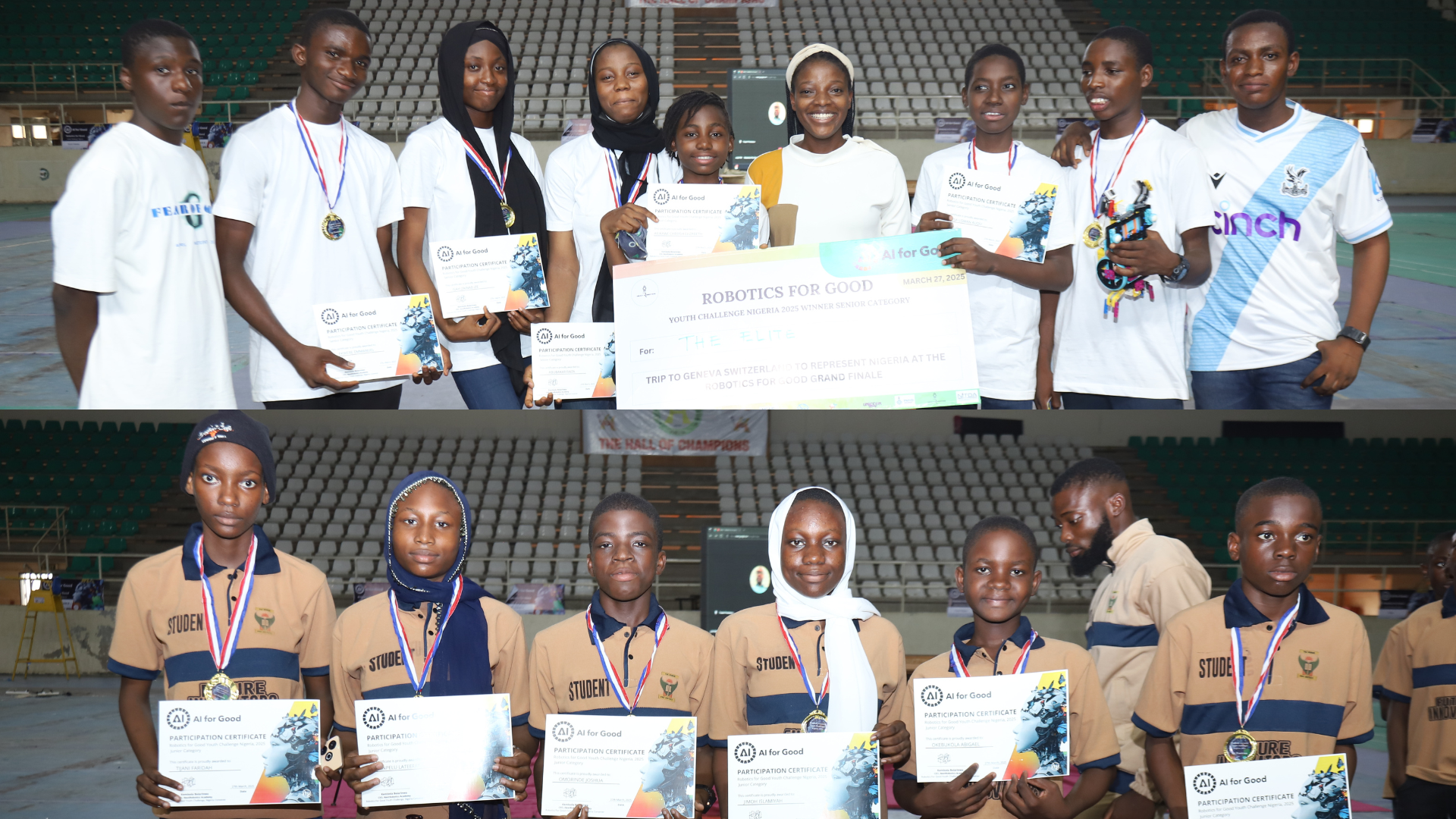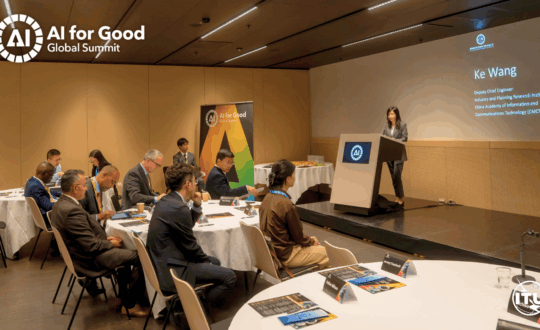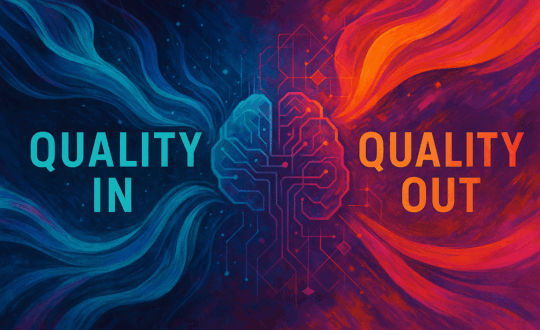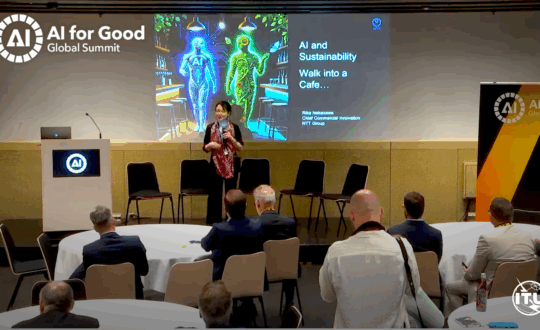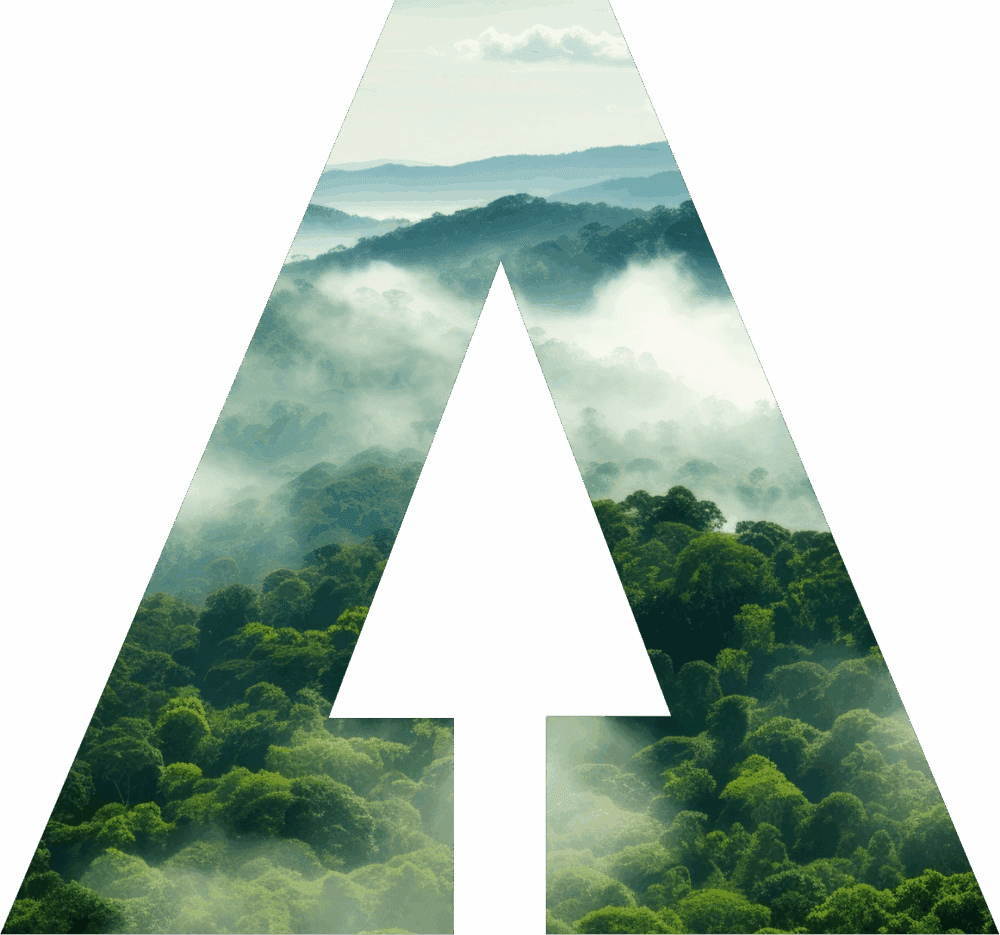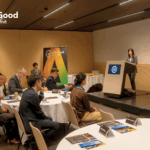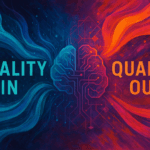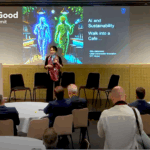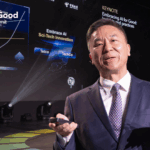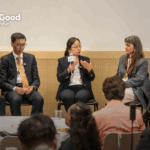The Robotics for Good Youth Challenge brings together young innovators from around the world to design robots that tackle urgent global issues. As the leading UN-based educational robotics championship, the challenge empowers students not only to build and program robots but to become problem-solvers with skills like teamwork, critical thinking, and sustainability. The 2024–2025 theme, disaster response, encourages youth to explore how robotics and AI can help communities during emergencies, with open-source tools, environmentally conscious design, and creative engineering.
March 2025 saw Nigeria joining the movement with two teams rising to the challenge in the Junior and Senior Categories. From Federal Government College, Ikirun, the Future Innovators captured attention with their robot CATASROBOT, earning first place in the junior division. Meanwhile, in Abuja, Team Elite from Government Secondary School, Gwarinpa likewise demonstrated innovation through their earthquake rescue robot.
Junior Category: Future Innovators from FGC Ikirun
In the town of Ikirun, Nigeria, a team of six students from Federal Government College, Ikirun are using robotics to reshape disaster response in a really creative and functional manner. They call themselves the Future Innovators, and their mission is clear:
“Empowering the youth, create better, and more sustainable future.”
Under the guidance of mentor Jimoh Sikirullah Adio and a team of dedicated coaches, the Future Innovators have emerged as a national force in youth robotics. After winning first place in the junior category at the Nigeria AI for Good Youth Challenge, they will be representing their country at the AI for Good Global Summit in Geneva, Switzerland the 8th -11th of July. Their journey also took them to the FIRST LEGO League National Championship in Rwanda, where they were celebrated by President Paul Kagame, and are now preparing to compete at the 2025 FIRST LEGO League World Festival in Houston, Texas.

Junior Category: Future Innovators from FGC Ikirun
Their project centers around a robot they built and programmed themselves, CATASROBOT, designed to simulate rescue missions in disaster-struck areas.
“Our robot is programmed to take the injured people, represented by red blocks, to various sections of a hospital,” the team shared. “It also evacuates people to a refugee camp for maximum safety. Each successful delivery earns points.”
However, building the robot was far from easy. Their first design was too large to fit within the competition’s constraints. Through various testing and redesign, they adapted the robot into a compact and stable machine that excelled in real-time conditions. While other designs were either too large or unstable, they mentioned that theirs was simple and stable, and that was precisely what gave them the edge.
Equipped with distance sensors, CATASROBOT can navigate accurately, which is a critical feature when every movement can make or break a mission. Using LEGO Education Spike Prime, the team chose to program the robot using word blocks, a strategic decision made due to limited training time. This way they were able to program it to adjust and reorient itself even if something goes wrong during a run.
Their gameplay strategy was also calculated: “We rescue those outside the decapacitated building first to avoid dropping blocks on them before rescuing those inside,” they explained. With an average score of 150 points, the team continues to refine performance and build toward even higher results. Each iteration improves consistency and precision, from motor speed adjustments to claw grip enhancements.
However, beyond the competition table, the Future Innovators are moved by a bigger purpose: to show how AI and robotics can assist in real-world disaster relief.
“Most disaster and rescue operations in response to climate change will be carried out by AI and robots,” they said. “This helps reduce the risk to human rescue teams.”
From their school in southwestern Nigeria to the global stage, the Future Innovators, are now leading the way to Geneva to demonstrate the impact of youth when empowered with tools to shape the future. With each mission they complete, they move one step closer to doing just that.
Senior Category: Team Elite from Government Secondary School Gwarinpa
Likewise, some kilometers to the East, in Abuja, Nigeria, a team of six secondary school students is showing what’s possible when you combine passion and purpose. Known as Team Elite, these students from Government Secondary School, Gwarinpa have built a rescue robot that could support emergency teams during earthquakes by helping locate and transport the injured.
Their vision started with one question: how can technology save lives after an earthquake? Motivated by stories of delayed rescue operations, the students designed a robot that can detect red and green blocks, representing injured and displaced people, and carry them to safety. Each action earns points in the Robotics for Good missions, but for this team, the impact goes beyond just a score.
They explained that at first their robot was slow and had trouble lifting the injured. They responded to this by redesigning the robot’s arm, upgrading the wheels, and reducing the robot’s size for better mobility. With added sensors and smarter programming, their robot can now follow paths, identify colors, and make turns with greater accuracy.
Their coding is done using block-based software, which allowed them to build modular programs for each movement. They created specific programs for each mission and used loops and conditions to make the robot respond to what it sees. For example, if it detects a red color, it knows it has reached the hospital zone, if it’s green then it knows it has to reach the refuge or the hospital zone.
Each round of testing helped the team fine-tune its performance. With a current average score of 270 points, they are closing in on their target of 280. Their strategy focuses on rescuing the closest ‘injured victims’ first, then navigating more difficult areas, saving time and improving precision.

Senior Category: Team Elite from Government Secondary School Gwarinpa
The team mentioned that working together has taught them the importance of teamwork, problem-solving, and perseverance. Furthermore, the project also supports the UN Sustainable Development Goals, including Good Health and Well-being, Sustainable Cities and Communities, and Climate Action. Looking ahead, the team wants to explore AI features like computer vision and decision-making. Though their current model does not include these tools, the goal is clear, build smarter robots that can respond in real time and save lives faster.
“Robotics gives us the chance to make real change,” they said. “With robotics and AI, we can save lives and bring hope to communities during natural disasters like earthquakes.”
Looking Ahead
Next stop: Geneva! As Nigeria’s national representatives in the Robotics for Good Youth Challenge, Team Elite (Senior Category) and the Future Innovators (Junior Category) will present their innovations at the AI for Good Global Summit, taking place from 8 to 11 July 2025 in Switzerland. There, they will stand alongside peers from around the world in the grand finale.


